Usually, your balance on a credit card will have the same interest rate for the full balance. So you wouldn’t care when you make a payment to which part of the balance the payment goes towards. But how about if part of your balance has one interest rate and another part has a different rate? For instance, if part of your balance is cash advance which has a higher interest rate than regular purchases. Or part of your balance is running on a 0% APR promo? Then you may ask, hey, if I pay the minimum, to which part of the balance does the payment get applied to?
Let’s use an example.
You swiped on your card $3,000 in purchases with an APR of 23%.
You took out another $3,000 in cash advance with an APR of 29%.
Your total balance is $6,000 but you can only afford to pay $1,000. You would prefer if the payment goes towards the cash advance portion of the balance as that carries a higher interest rate. But the bank doesn’t pick up the phone to call you and ask how you would like the payment to be applied. The bank will decide on their own how to apply it. But luckily, there is federal law that protects you.
Let’s discuss it
Highest interest balance first
Federal law instructs banks to apply payments made on a credit card to the highest interest balance first. So in our example above, the payment needs to be applied to pay off the cash advance balance as that balance carries a higher interest rate.
Excluding the minimum payment
The law mentioned above does not apply to the minimum payment amount. The law allows the bank to choose which portion of the balance the minimum payment should be applied to. And as you can probably guess yourself, the bank will most likely choose to apply the payment to the balance that carries a lower interest rate.
So using the above example, if the minimum payment is $300 and you make a $1,000 payment, then $300 of the $1,000 payment will go to pay the purchase balance (that carries a lower interest rate) and the remaining $700 will go towards paying the cash advance balance (that carries a higher interest rate).
Beware of credit cards that have 0% APR only on balance transfers and not on purchases
If you have a credit card that has 0% APR only on balance transfer and not on purchases then beware of using the card for purchases. If you do use the cards for purchases, then your minimum payments will go towards paying the balance transfer portion of the balance (that is 0% APR) instead of going towards paying for the new purchases (that does have interest).
This will leave you paying interest on the new purchases even if you made the payments (as part of your payment is going towards the balance transfer portion). This is besides the point we already discussed in the past about the grace period. So be careful not to use the card for any new purchases.


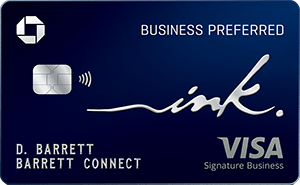
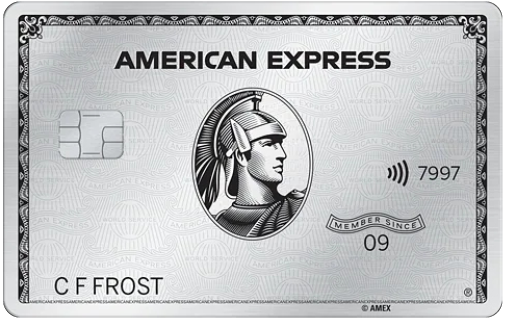
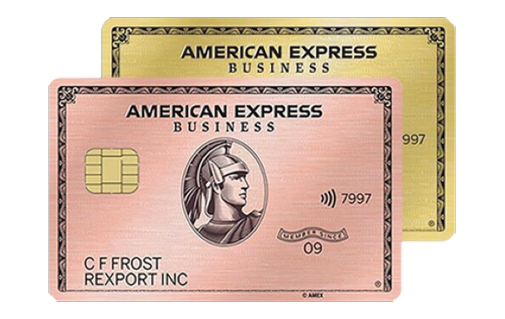
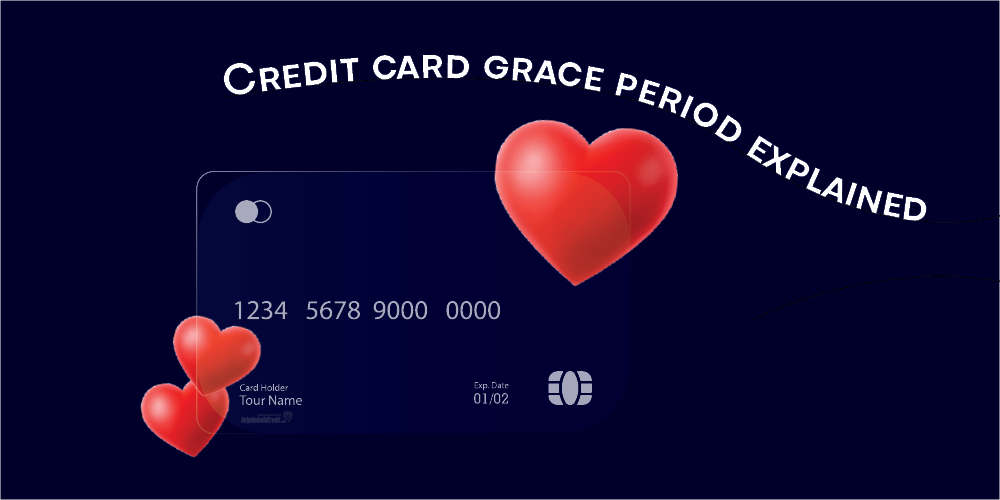
![Best Credit Cards With Airport Lounge Access [2024]](https://helpmebuildcredit.com/wp-content/uploads/2022/06/post-on-cards-with-airport-lounges.png)
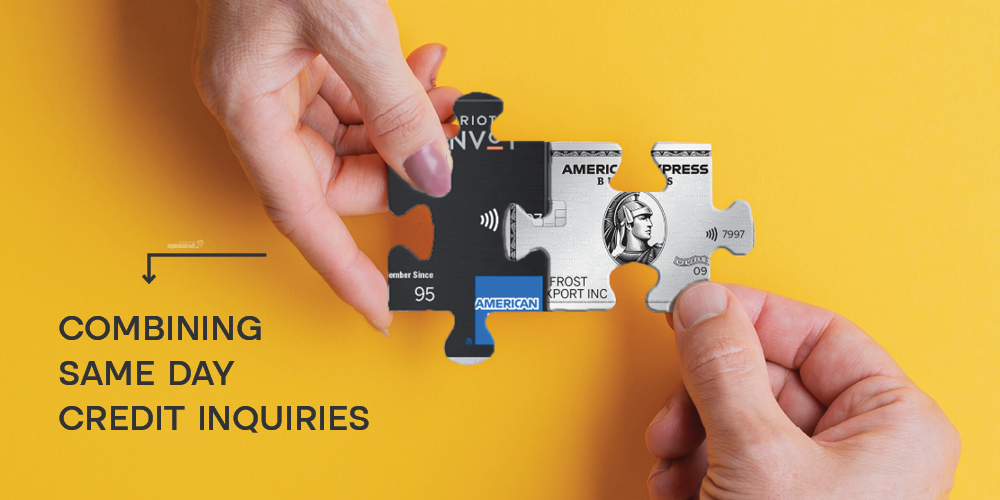
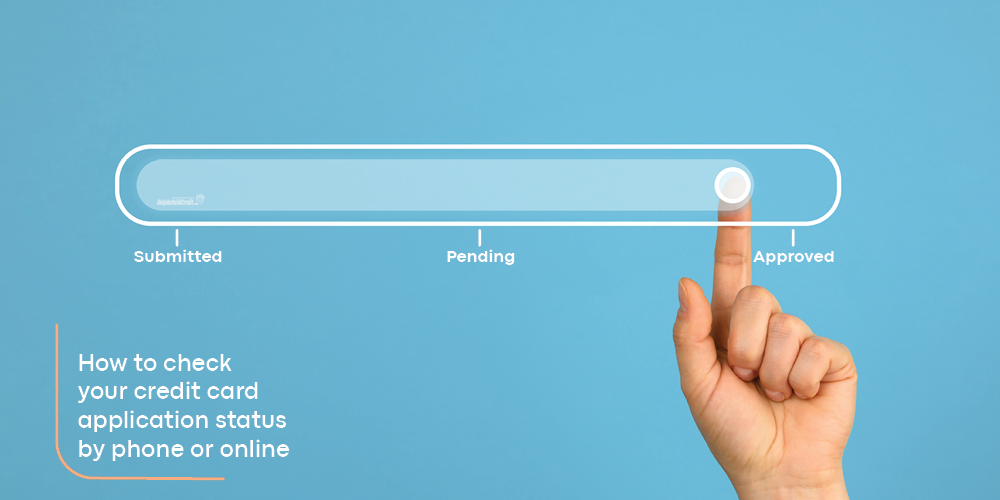
![The 10 Best 0% APR Credit Cards For April [2024]](https://helpmebuildcredit.com/wp-content/uploads/2023/07/Post-on-best-0-apr-cards3-1080x675.png)


![The 10 Best Credit Card Offers For April [2024]](https://helpmebuildcredit.com/wp-content/uploads/2024/03/post-on-best-offers-april-2024.png)




0 Comments